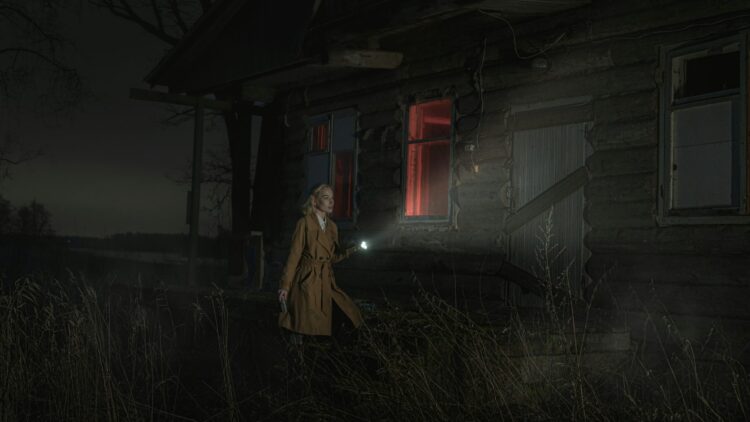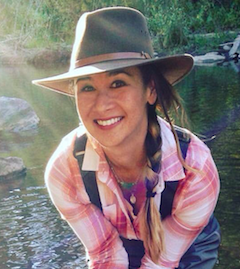
By Kim Cross
Interviewing for narrative is like hunting for something in a pitch-black warehouse with nothing more than a flashlight. It’s a good flashlight — with a head you can twist to change the shape and range of the beam. Even so, finding what you’re looking for takes time and a deliberate process.First, you need the wide beam to scan the room. The light is diffuse, so the details are fuzzy, but you can see enough to get your bearings. It’s not strong enough to illuminate the other side of the room, so you move slowly and methodically, sweeping the beam back and forth, as if painting the room with light.
With some combination of luck and skill, your beam passes over a shape that appears to be what you’re looking for. You move closer, zeroing in, to see if it is what you think. You twist the lens of the flashlight to tighten the beam. It gets brighter, more like a laser. Now you can focus on the fine details as the rest of the room fades to black.
When you find the thing you’ve been looking for — a pivotal moment, scene, detail, dialogue, telling detail, and so forth — you know it right away. But you need at least another dozen such things, all of which fall into the category of, “You know it when you see it.” The search can feel tedious and inefficient. It takes time, tenacity and patience.
In nearly three decades of journalism, including an undergrad and a master’s, I have never taken a class or workshop that focused exclusively on interviewing, and certainly not on the particular demands of interviewing for stories rather than news reports. They exist, at least in a few places, but when I needed them most, I didn’t know how to find them — or how much I could have learned.
Now, after three narrative non-fiction books and many long-form magazine features, I’ve become keenly aware that interviewing for different kinds of pieces requires different approaches, skills, relationships and rhythms.
This becomes especially important when doing “reconstructed narratives” — stories about past events that you can’t witness in person. Vivid and credible reconstruction is fundamental to most narrative journalism, from magazine pieces to books and even when putting an immediate situation in the fuller context of time. Immersive reporting relies on observed scenes; fuller-sweep or explorations of past events are built from “reconstructed scenes.”
Every narrative writer has their own unique process. But after talking to a number of writers who specialize in narrative, I believe there’s a general progression: From broad and open-ended to narrow and specific.
In my own work and in the narrative nonfiction courses I teach, I’ve broken the process into four primary (but multi-faceted) stages or phases:
- Pre-interviewing to find and focus a viable story idea, identify a central character and gather needed information for a solid pitch
- Interviewing to outline the narrative arc and tension of a story, with a focus on the struggle or obstacle the central character faced
- Interviewing for sequence to build a timeline of pivotal moments and scenes that follows a character or situation from complication through plot points and tension to resolution
- Interviewing for scenes with a distinct point-of-view and camera lens (zooms in and out) to build cinematic structure and detail
In four posts to come, I explore each of these in detail, with examples from my work and that of some narrative masters.
* * *
Kim Cross is a journalist, historian and author of “What Stands in a Storm,” “The Stahl House” and “In Light of All Darkness.” She teaches graduate level Feature Writing for Harvard Extension School’s master’s degree program in journalism and is a founding writing instructor of the Hemingway Center’s Sawtooth Writing Retreat.


